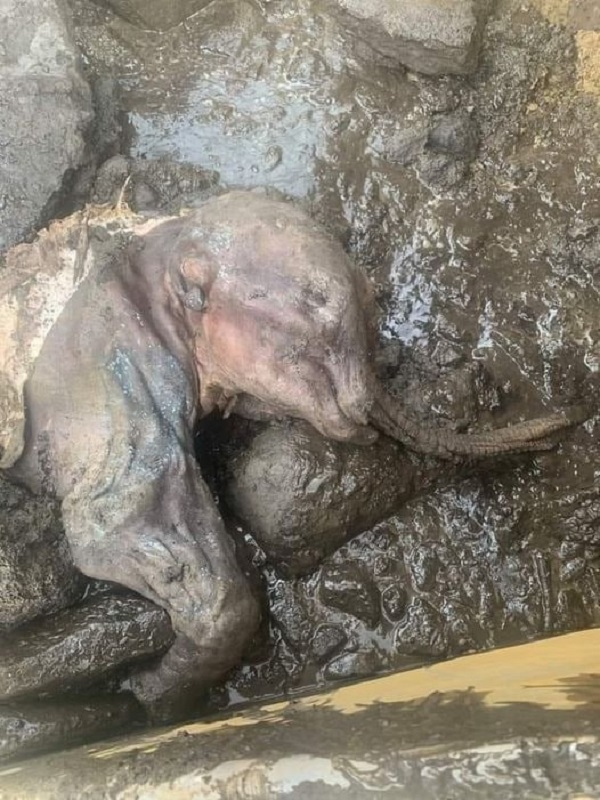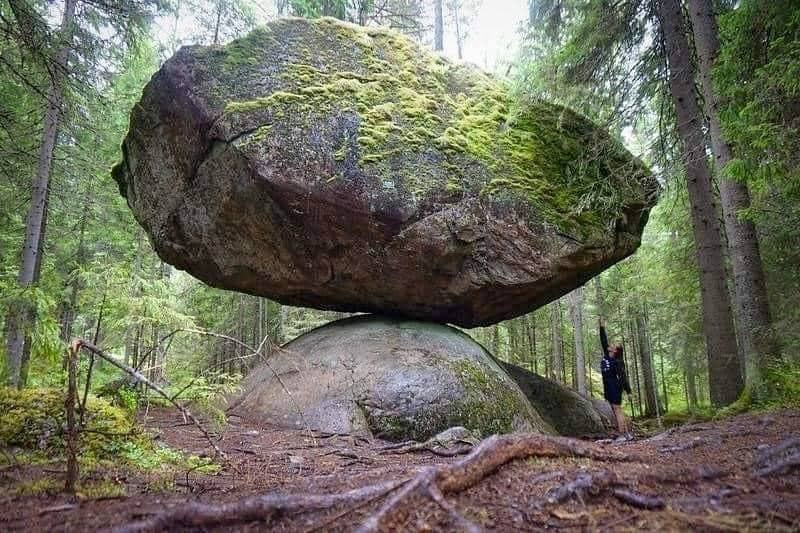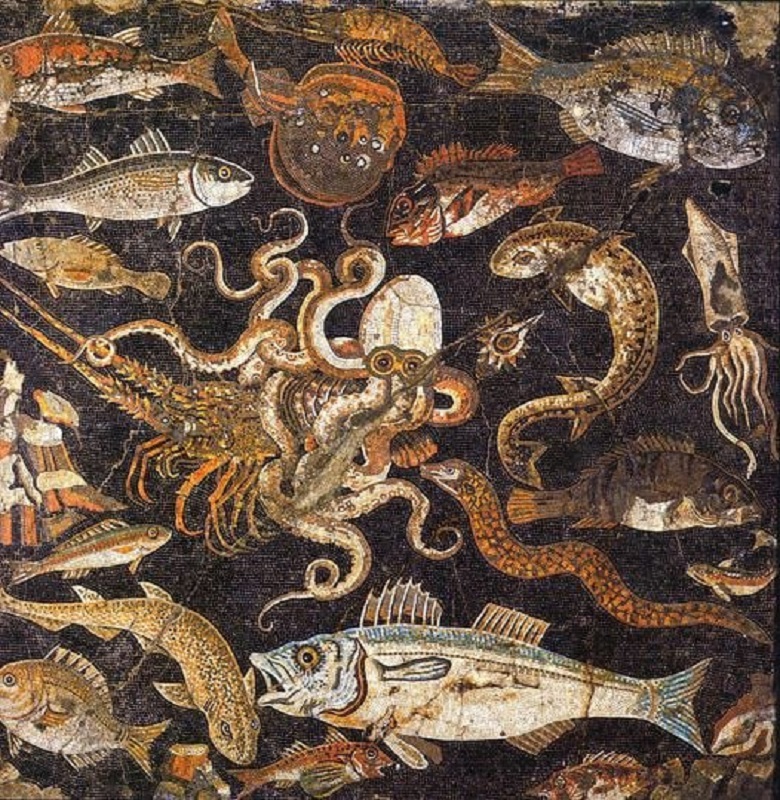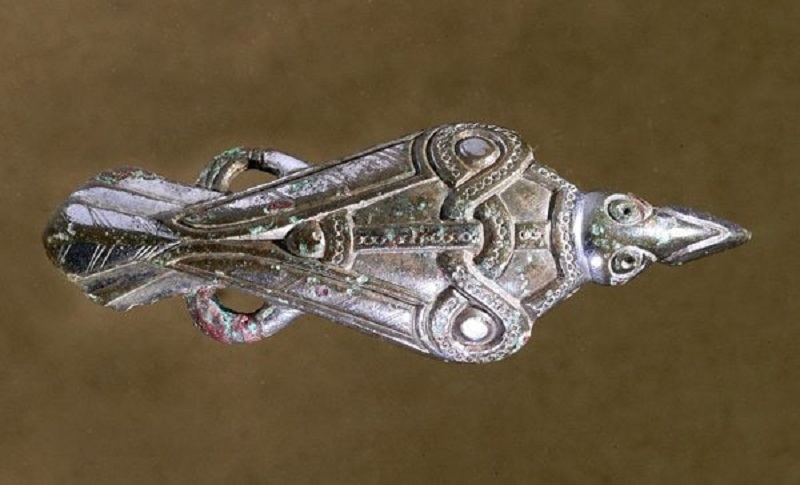Nestled within the rugged landscape of Sardinia, Italy, lies the ancient Bronze Age Nuragic village of Tiscali—an archaeological marvel shrouded in mystery and intrigue. Built entirely inside a vast sinkhole within Mount Tiscali, this unique settlement offers a fascinating glimpse into the lives of its inhabitants during the Nuragic Age, a period spanning from the 15th to the 8th century BCE.
Exploring the Enigmatic Nuragic Village of Tiscali

Nestled within the rugged landscape of Sardinia, Italy, lies the ancient Bronze Age Nuragic village of Tiscali—an archaeological marvel shrouded in mystery and intrigue. Built entirely inside a vast sinkhole within Mount Tiscali, this unique settlement offers a fascinating glimpse into the lives of its inhabitants during the Nuragic Age, a period spanning from the 15th to the 8th century BCE. In this blog post, we embark on a journey to uncover the secrets of Tiscali and unravel the mysteries of this remarkable ancient site.
Unveiling the Nuragic Dwellings: Life Inside the Sinkhole
The archaeological site of Tiscali boasts the remains of several round dwellings constructed during the Nuragic Age, providing valuable insights into the architectural prowess and lifestyle of its ancient inhabitants. These dwellings, known as nuraghes, were built using stone masonry techniques and feature circular layouts, with thick walls and conical roofs crafted from local materials. The strategic location within the sinkhole offered natural protection and insulation, creating a self-contained community that thrived amidst the rugged terrain of Mount Tiscali.

A Glimpse into Nuragic Culture: Artifacts and Artistry
Excavations at Tiscali have unearthed a wealth of artifacts and cultural relics, shedding light on the artistic and technological achievements of the Nuragic civilization. Among the discoveries are intricately crafted pottery vessels, bronze tools and weapons, and ornate jewelry, showcasing the skilled craftsmanship and artistic sensibilities of the ancient Sardinians. These artifacts offer tantalizing clues about the daily life, social structure, and religious beliefs of the Nuragic people, enriching our understanding of this enigmatic culture.
The Significance of Tiscali: Ancient Discoveries and Modern Exploration
The Nuragic village of Tiscali holds profound significance not only as a testament to the ingenuity of its ancient inhabitants but also as a symbol of the enduring legacy of the Nuragic civilization. Its discovery and excavation have contributed invaluable insights to the field of archaeology, shaping our understanding of prehistoric societies and their interactions with the natural environment. Furthermore, Tiscali continues to captivate the imagination of modern-day explorers and researchers, inspiring ongoing efforts to unravel its mysteries and preserve its cultural heritage for future generations.
Preserving the Past: The Importance of Ancient Discoveries
In conclusion, the Bronze Age Nuragic village of Tiscali stands as a testament to the resilience and creativity of humanity throughout the ages. As we marvel at the ingenuity of its construction and the richness of its cultural heritage, we are reminded of the importance of preserving and protecting ancient sites like Tiscali for the benefit of future generations. By continuing to study and explore these remarkable archaeological treasures, we honor the legacy of our ancestors and gain valuable insights into the diverse tapestry of human history.






